
AllQuestion and Answers: Page 1608
Question Number 48489 Answers: 0 Comments: 0

Question Number 48484 Answers: 1 Comments: 0

Question Number 48482 Answers: 0 Comments: 0
Question Number 48474 Answers: 2 Comments: 0
Question Number 48466 Answers: 1 Comments: 0

Question Number 48460 Answers: 1 Comments: 2
Question Number 48458 Answers: 1 Comments: 1

Question Number 48447 Answers: 0 Comments: 4
Question Number 48443 Answers: 1 Comments: 3
Question Number 48435 Answers: 1 Comments: 0
Question Number 48434 Answers: 2 Comments: 0

Question Number 48433 Answers: 1 Comments: 0
Question Number 48426 Answers: 0 Comments: 4
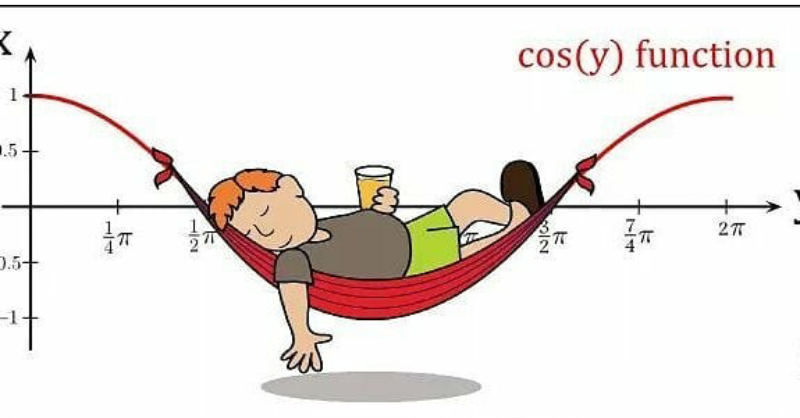
Question Number 48405 Answers: 0 Comments: 7
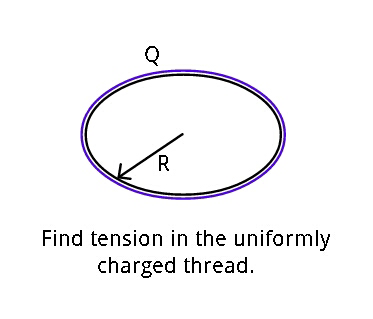
Question Number 48396 Answers: 2 Comments: 2

Question Number 48388 Answers: 2 Comments: 1

Question Number 48384 Answers: 1 Comments: 1
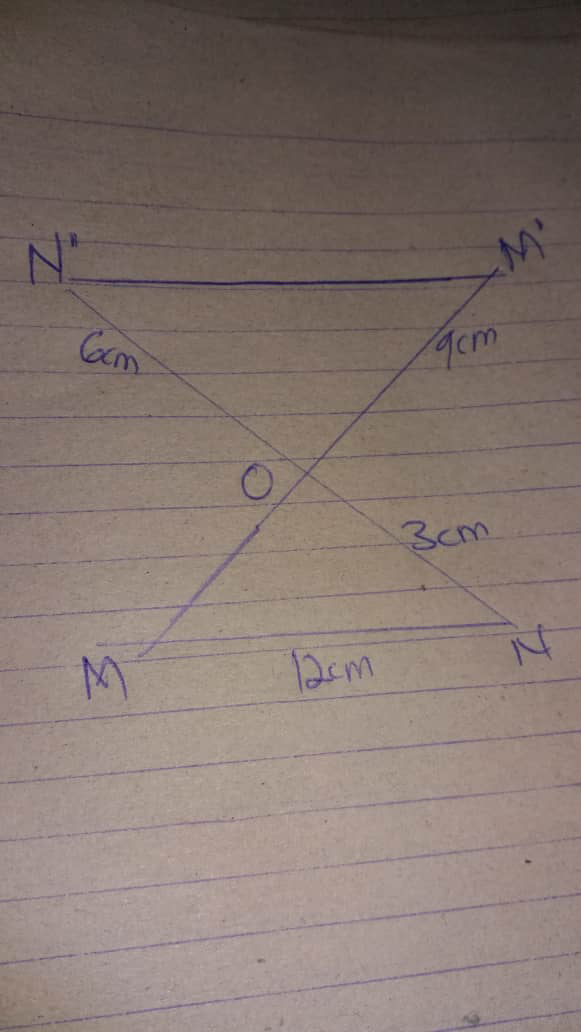
Question Number 48374 Answers: 0 Comments: 0

Question Number 48368 Answers: 1 Comments: 0
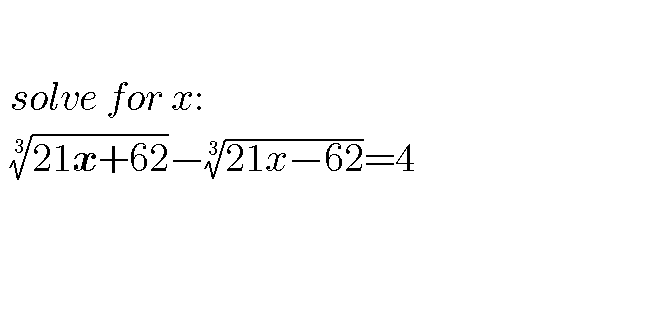
Question Number 48367 Answers: 2 Comments: 0

Question Number 48366 Answers: 0 Comments: 3

Question Number 48361 Answers: 1 Comments: 1
Question Number 48360 Answers: 2 Comments: 1
Question Number 48359 Answers: 2 Comments: 0
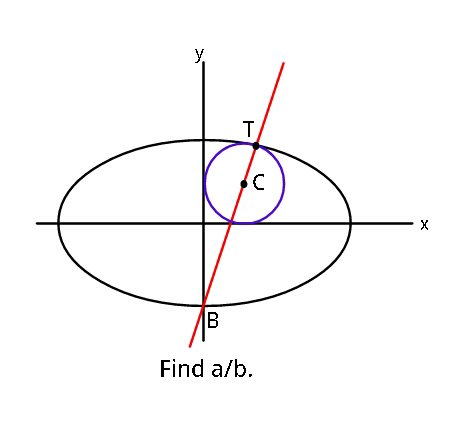
Question Number 48341 Answers: 0 Comments: 0

Question Number 48338 Answers: 0 Comments: 6

Pg 1603 Pg 1604 Pg 1605 Pg 1606 Pg 1607 Pg 1608 Pg 1609 Pg 1610 Pg 1611 Pg 1612
